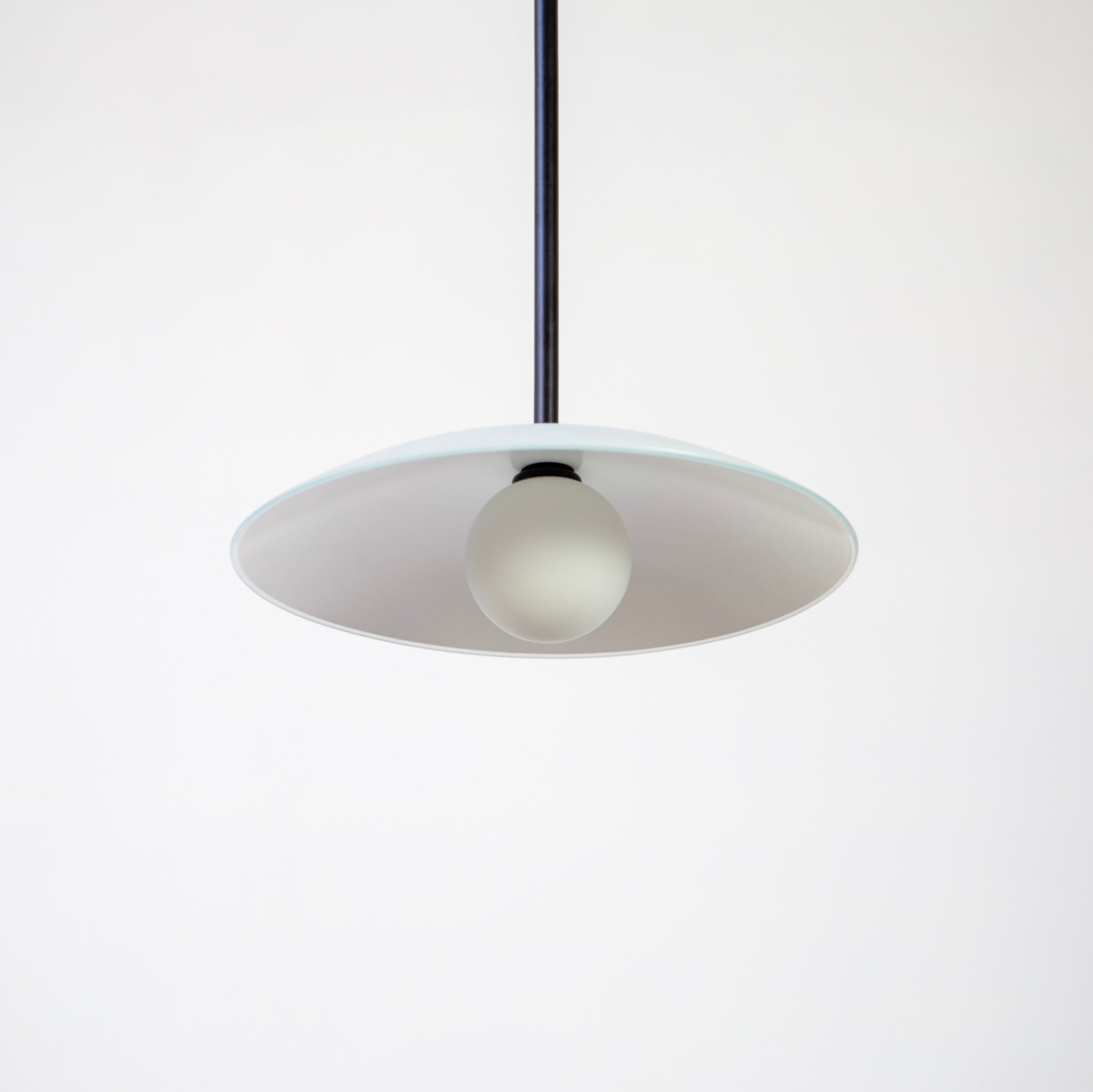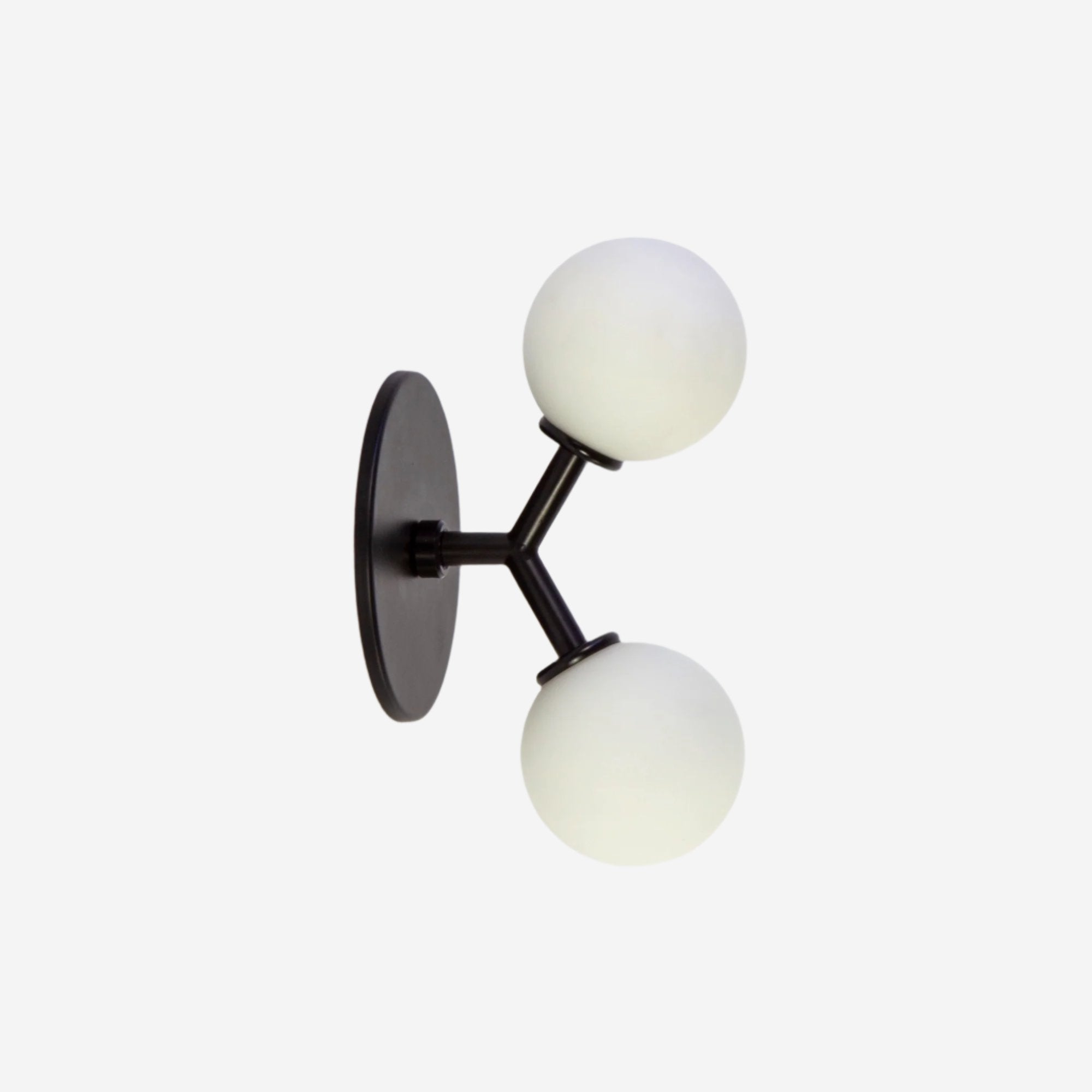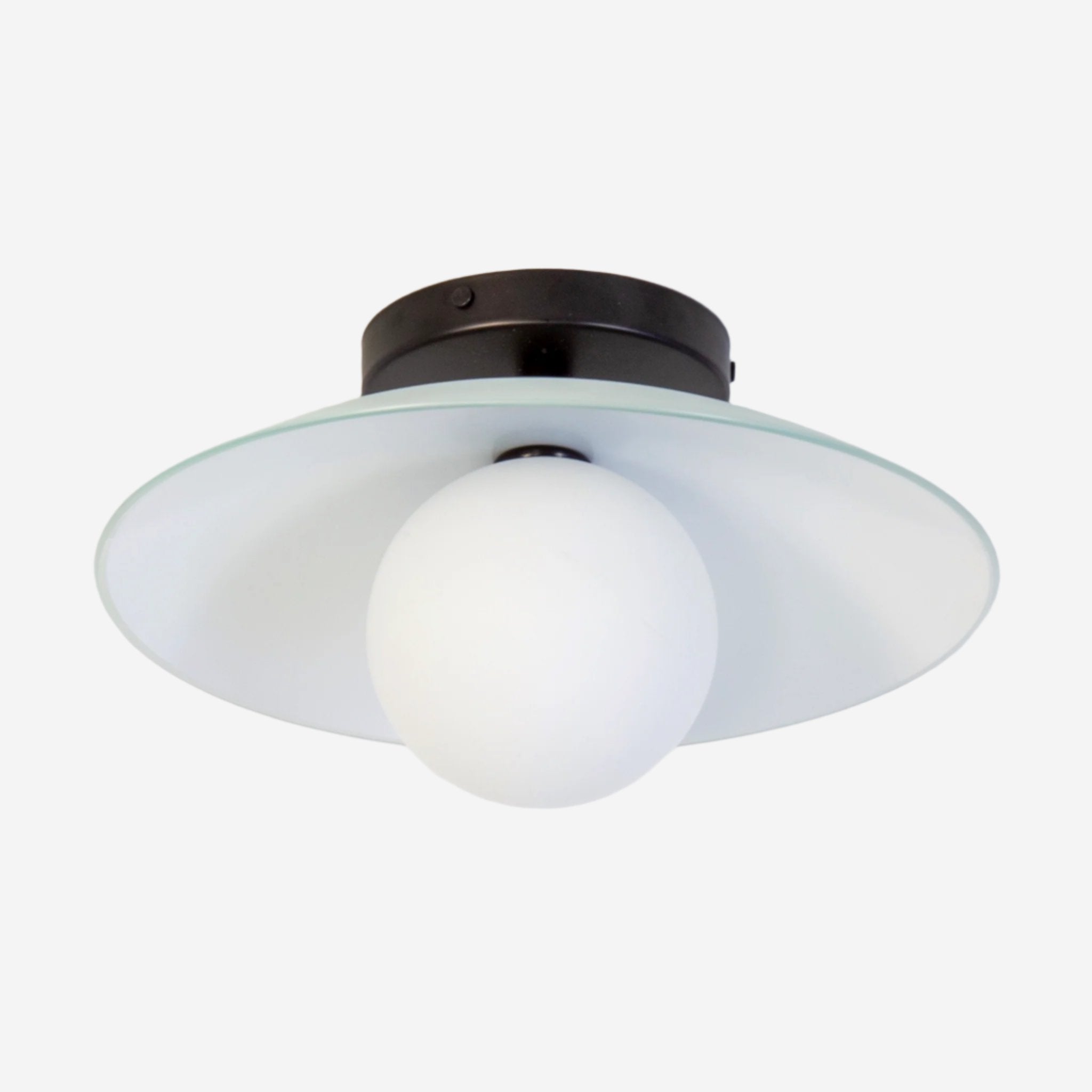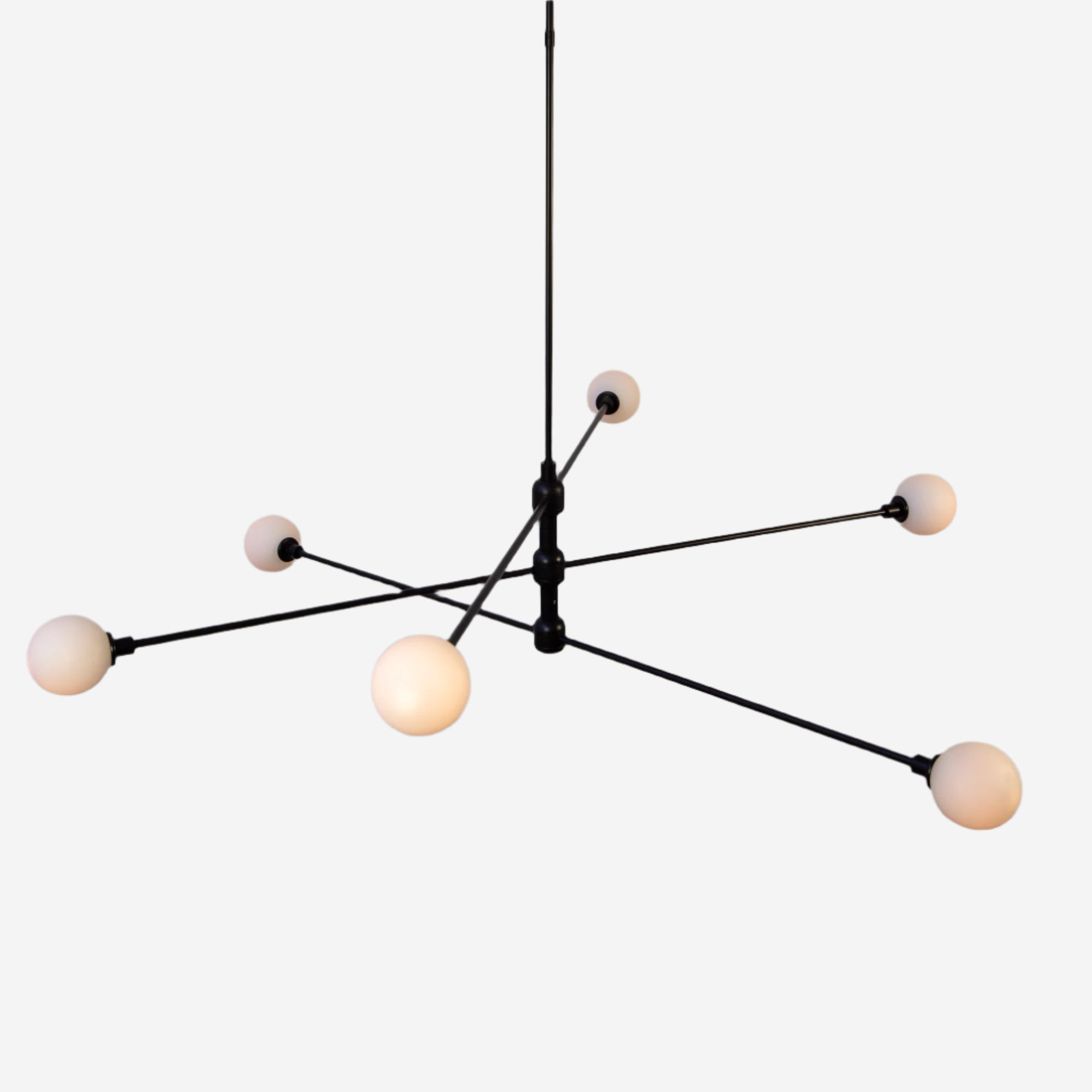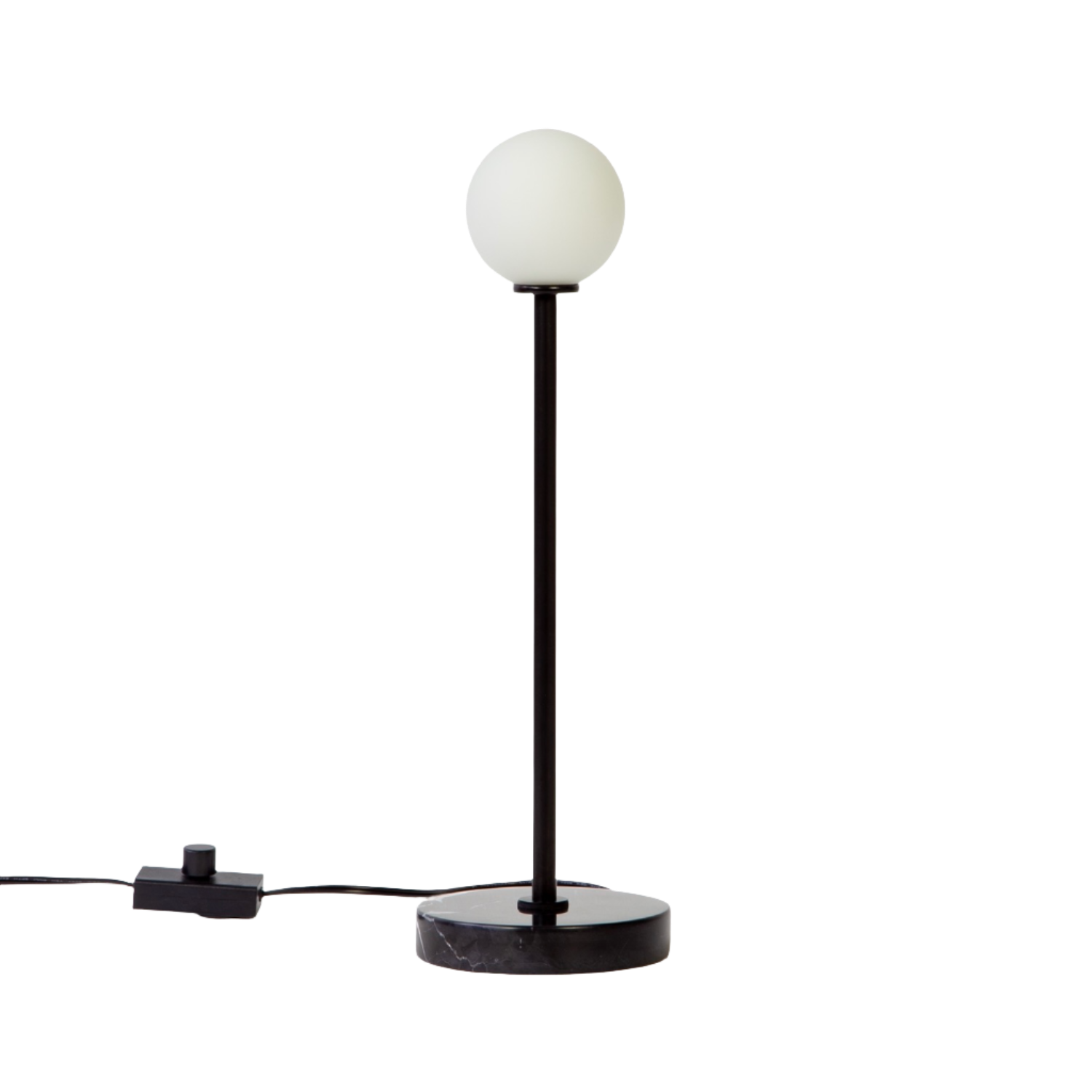
What is a Surface Mount Light Fixture?
Surface mount sounds a technical lighting term, but the idea is simple: it’s a light fixture where the housing sits directly on the wall or ceiling, exposed and visible. No recessing, no cavities. Architects and designers most frequently use the term in order to specify how a room should be wired. It’s a straightforward way to describe how a fixture connects to a surface.
Unlike recessed lighting, which tucks inside the ceiling, with a surface mount, you can see the whole light fixture. And while the term “flush mount” is usually used for ceiling fixtures that hug close overhead, “surface mount” is the umbrella term that covers lights meant for both ceilings and walls. They can be low profile - or something more prominent. Our Dome Flush Mount (pictured above)? Surface mount. Your hallway sconce? Also surface mount. Same principle, different surface.
Designers use the term because it’s precise. It signals that the housing will be part of the composition. Where recessed lights or architectural lighting vanish, surface mounts' visibility means they more directly contribute to the a rooms aesthetics. They can be quiet and low profile or bold and more commanding, but either way, they have presence.
When making light renovations, surface mounts can be easier to install. Recessed lighting often means cutting into ceilings and dealing with insulation. Surface mounts usually attach to an existing junction box, making them more straightforward to put up without major work.
At Research.Lighting, we list fixtures under categories like sconces and flush mounts so they’re easy to find. But most of them could be classified under the 'surface-mount' umbrella.
So in short, a surface mount is a light that connects to your ceiling or wall. It stays visible, purposeful, and becomes a part of the overall look and feel of the room.
